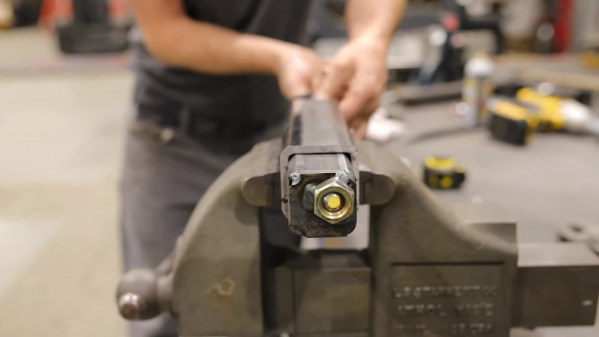There are many ways to keep critical appliances running during a power outage. Maybe a UPS for a computer, a set of solar panels to charge your phone, or even a generator to keep your refrigerator or air conditioning working. This modification to a standard blender will also let you ride through a power outage while still being able to make delicious beverages. It runs on gasoline.
The build uses an old chainsaw to power the blades of the blender. [Bob] was able to design and build an entirely new drivetrain to get this device to work, starting by removing the chainsaw chain and bar and attaching a sprocket to the main shaft of the motor. A chain connects it to a custom-made bracket holding part of an angle grinder, which supports the blender jar. Add in a chain guard for safety and you’ll have a blender with slightly more power than the average kitchen appliance.
The video of the build is worth watching, even if your boring, electric-powered blender suits your needs already. The shop that [Bob] works in has about every tool we could dream of, including welders, 3D printers, band saws, and even a CNC plasma cutter. It reminds us of [This Old Tony]’s shop.

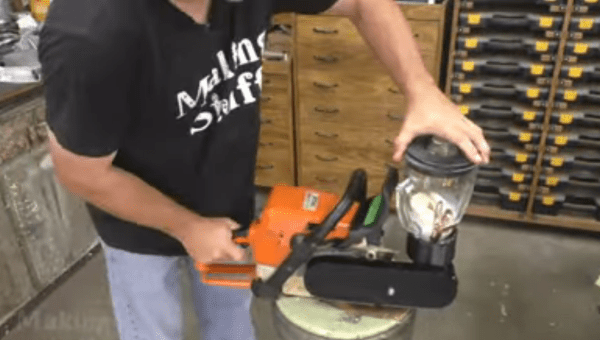
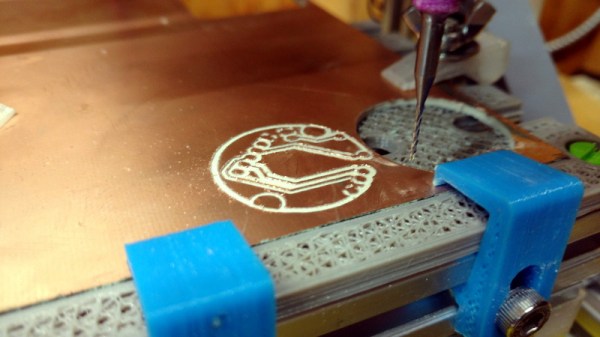
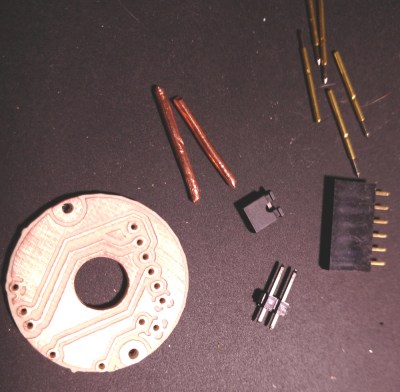
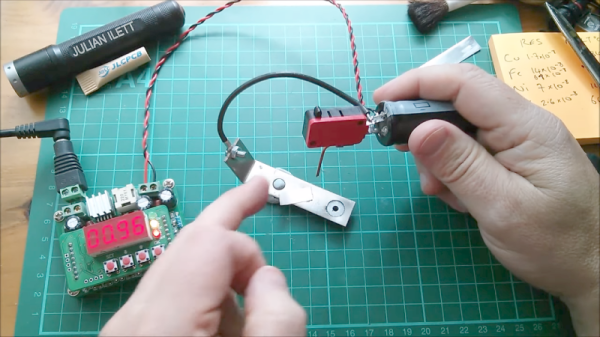
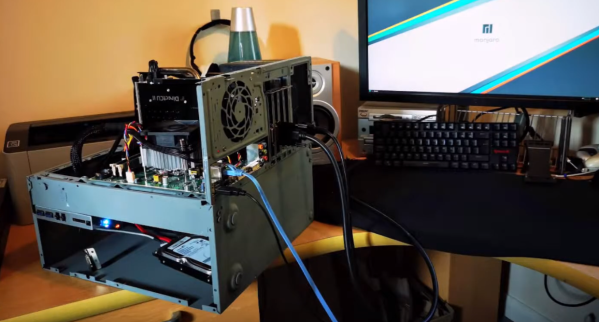
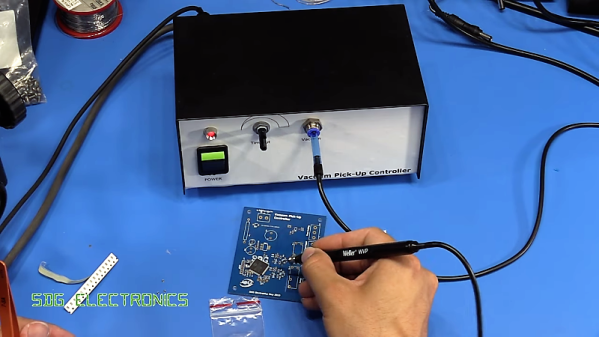
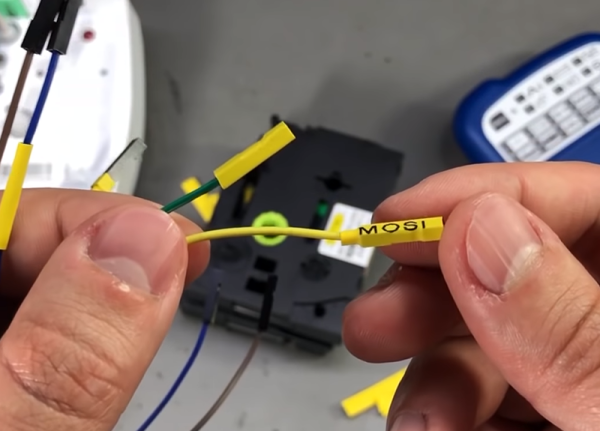
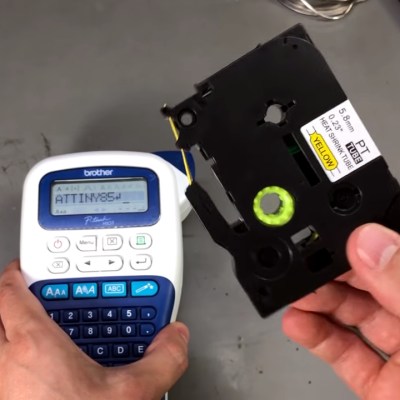 At first, the printer didn’t even want to recognize the cassette. It seems like Brother doesn’t want you using exotic tapes with cheap printers. No worry, this isn’t sophisticated DRM, just a sense hole that you need to cover with tape. This discovery was made using the extremely scientific trick of covering all the holes that were not on a regular cassette.
At first, the printer didn’t even want to recognize the cassette. It seems like Brother doesn’t want you using exotic tapes with cheap printers. No worry, this isn’t sophisticated DRM, just a sense hole that you need to cover with tape. This discovery was made using the extremely scientific trick of covering all the holes that were not on a regular cassette.